When it comes to colorful, nutrient-rich vegetables, red cabbage deserves the spotlight. With its bold purple hue and crunchy texture, this versatile veggie isn’t just a feast for the eyes — it’s a nutritional powerhouse that adds both flavor and health benefits to your meals.
From vibrant salads and tacos to warm braised sides and fermented favorites like sauerkraut, red cabbage has become a staple in modern American kitchens. Whether you’re health-conscious, experimenting with plant-based recipes, or just love colorful food, red cabbage is the ingredient that never disappoints.
Let’s explore why red cabbage is one of the healthiest and most eye-catching vegetables you can add to your plate.
What Is Red Cabbage?

Red cabbage (Brassica oleracea var. capitata f. rubra) is part of the cruciferous vegetable family, which includes kale, broccoli, and Brussels sprouts. Despite its name, red cabbage is actually more deep purple than red, and its color changes slightly depending on the soil’s pH level — it can appear more reddish in acidic soils and bluish in alkaline ones.
Native to Europe, red cabbage has been cultivated for centuries and is now a popular crop across the United States, especially in California, Texas, and Wisconsin. Its firm, tightly packed leaves and slightly peppery flavor make it perfect for everything from salads to stir-fries.
Nutritional Profile: Tiny Calories, Big Benefits
Red cabbage is one of the most nutrient-dense vegetables you can eat. It’s low in calories but loaded with vitamins, minerals, and antioxidants that promote long-term health.
Here’s what you get in one cup (89 grams) of chopped raw red cabbage:
- Calories: 28
- Fiber: 2 grams
- Protein: 1 gram
- Vitamin C: 85% of the Daily Value (DV)
- Vitamin K: 42% of the DV
- Vitamin A: 22% of the DV
- Folate: 10% of the DV
- Potassium and Manganese: Moderate amounts
It also contains anthocyanins — the natural pigments that give red cabbage its striking color and powerful antioxidant properties.
Top Health Benefits of Red Cabbage
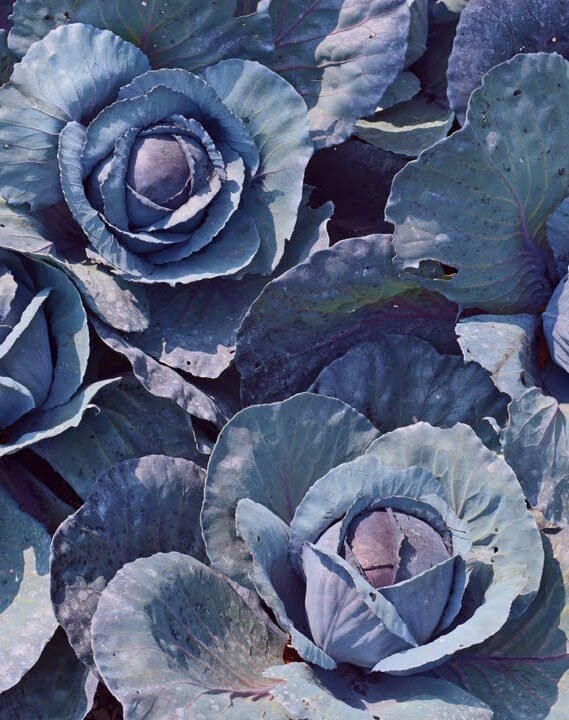
1. Strengthens the Immune System
Red cabbage is loaded with vitamin C, one of the most important immune-boosting nutrients. It helps your body fight infections, repair tissues, and stay resilient during cold and flu season.
2. Supports Heart Health
The deep purple color of red cabbage comes from anthocyanins, the same heart-protective compounds found in blueberries. Studies suggest they can help lower blood pressure, reduce cholesterol, and prevent heart disease.
3. Fights Inflammation and Oxidative Stress
Antioxidants in red cabbage help combat inflammation and protect cells from damage caused by free radicals. This means better protection against chronic diseases and age-related decline.
4. Promotes Healthy Digestion
With plenty of fiber and natural enzymes, red cabbage supports digestive health, reduces bloating, and promotes regularity. Fermented forms like red sauerkraut or kimchi add probiotics, further improving gut balance.
5. Great for Weight Management
Low in calories and high in water and fiber, red cabbage is perfect for those aiming to lose or maintain weight. It keeps you full longer without adding unnecessary calories.
6. Strengthens Bones
Vitamin K is essential for bone density and strength, and red cabbage provides a healthy dose. Combined with calcium and magnesium, it’s a natural support system for your skeletal health.
7. Boosts Skin Glow
The antioxidants and vitamins in red cabbage help your skin stay firm, hydrated, and radiant. Vitamin C boosts collagen production, while anthocyanins fight oxidative damage.
How to Cook Red Cabbage Like a Pro
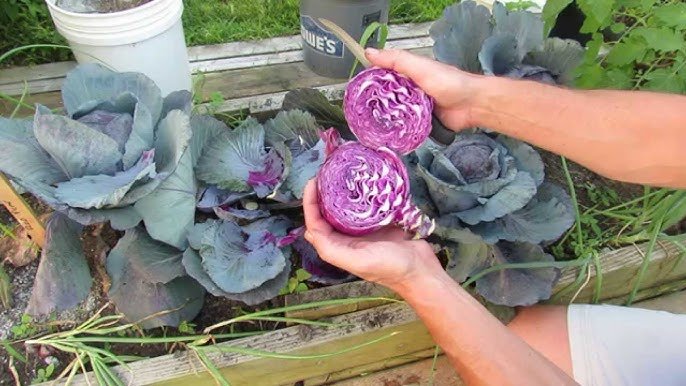
One of the best things about red cabbage is how versatile it is. It can be eaten raw, roasted, sautéed, grilled, or even pickled — and it holds its vibrant color beautifully in most recipes.
Here are some delicious American-style ways to enjoy it:
1. Fresh Red Cabbage Slaw
Shred red cabbage and mix it with carrots, green onions, and a tangy dressing made from mayo, apple cider vinegar, and honey. Perfect for topping fish tacos or serving at a summer barbecue.
2. Sautéed Red Cabbage with Apples
Cook sliced cabbage in olive oil or butter with onions, sliced apples, and a splash of apple cider vinegar. This warm, slightly sweet side dish pairs beautifully with pork, chicken, or tofu.
3. Red Cabbage Stir-Fry
Toss thinly sliced red cabbage with bell peppers, garlic, soy sauce, and sesame oil for a colorful Asian-inspired stir-fry. Serve over rice or noodles for a quick, healthy dinner.
4. Braised Red Cabbage
Simmer cabbage with red wine, balsamic vinegar, and spices for a hearty, comforting dish that’s perfect for fall and winter. It’s a popular side for roasts and holiday dinners.
5. Pickled Red Cabbage
Mix shredded cabbage with vinegar, sugar, and salt, then let it sit for 24 hours. The result? A crunchy, tangy topping that adds flavor and color to tacos, sandwiches, and salads.
6. Red Cabbage Wraps
Use large, tender red cabbage leaves as low-carb wraps filled with quinoa, hummus, and roasted veggies. They’re refreshing, gluten-free, and great for meal prep.
7. Red Cabbage Soup
Simmer chopped cabbage with onions, tomatoes, and vegetable broth for a hearty, antioxidant-packed soup that’s perfect for cold days.
Red Cabbage vs. Green Cabbage: What’s the Difference?
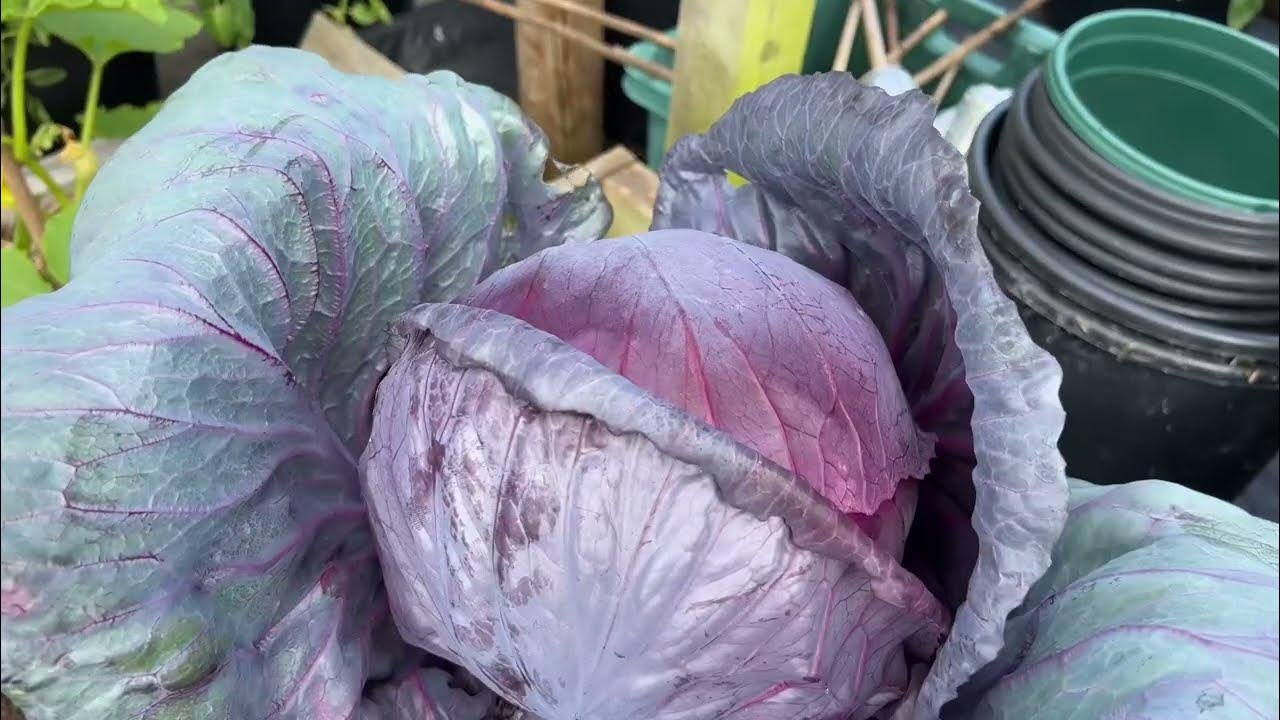
| Feature | Red Cabbage | Green Cabbage |
|---|---|---|
| Color | Deep purple/red | Pale green |
| Flavor | Slightly peppery, earthy | Mild and sweet |
| Nutritional Edge | More antioxidants (anthocyanins) | Slightly higher vitamin K |
| Best Uses | Salads, pickling, braising | Slaws, soups, stir-fries |
Pro tip: You can often use red and green cabbage interchangeably in recipes. Just remember that red cabbage can turn other ingredients pink or purple, especially when cooked with vinegar or citrus!
Tips for Buying and Storing Red Cabbage
To get the freshest, most flavorful red cabbage, follow these simple tips:
Buying:
- Choose tight, firm heads that feel heavy for their size.
- Avoid wilted or cracked leaves.
- Look for a deep purple hue, which indicates high antioxidant content.
Storing:
- Keep whole heads in the refrigerator’s crisper drawer for up to 3 weeks.
- Once cut, wrap tightly in plastic or an airtight container and use within 3–5 days.
- To freeze, blanch chopped cabbage briefly, then store in freezer-safe bags for up to 6 months.
Fun Facts About Red Cabbage
- Red cabbage changes color when exposed to different pH levels — a natural way to test acidity!
- It contains 10 times more vitamin A and anthocyanins than green cabbage.
- In medieval times, red cabbage juice was used as a natural dye for fabrics and paper.
- The world’s largest serving of coleslaw, featuring over 1,000 pounds of cabbage, was made in Minnesota!
Red Cabbage in American Cuisine
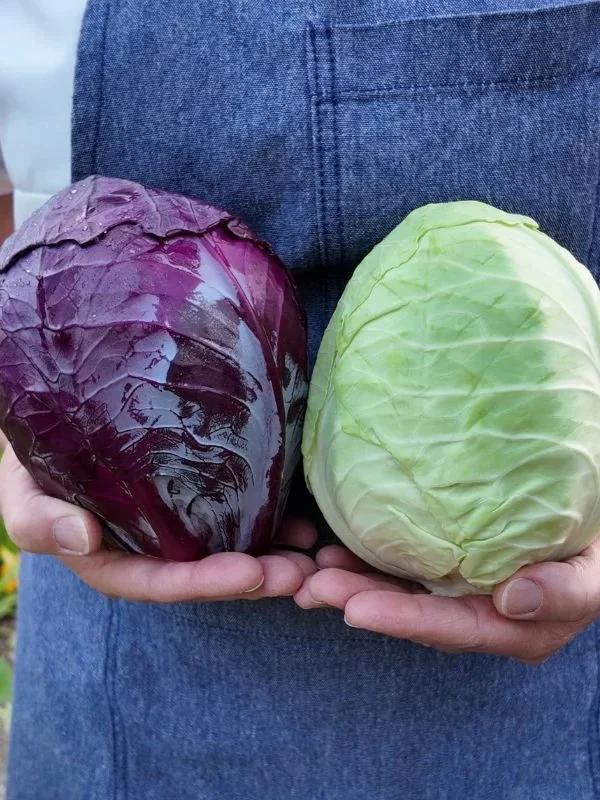
From Southern kitchens to coastal food trucks, red cabbage plays a role in many American regional dishes:
- California-style fish tacos often feature shredded red cabbage for crunch and color.
- Midwestern coleslaws use red cabbage for extra vibrancy.
- Southern fried cabbage recipes sometimes mix red and green cabbage for balance.
- New York delis serve red cabbage as a tangy side with sandwiches and pastrami.
With the growing popularity of plant-based diets, red cabbage is also being reimagined in vegan bowls, tacos, and wraps — proof that this classic veggie has found its place in modern American food culture.
Why Red Cabbage Belongs in Every Kitchen
Here’s why Americans are turning to red cabbage as a staple vegetable:
- Affordable and long-lasting — great for meal prep
- Low-calorie, nutrient-rich superfood
- Versatile — works in raw, cooked, or fermented dishes
- Naturally colorful — adds visual appeal to any meal
- Packed with antioxidants for overall wellness
It’s a vegetable that proves you don’t need exotic ingredients or expensive superfoods to eat healthy — sometimes, the best things are already waiting in the produce aisle.
Conclusion: A Colorful Way to Eat Healthy
Red cabbage isn’t just another vegetable — it’s a symbol of how healthy eating can be beautiful, simple, and delicious. With its striking color, crisp texture, and impressive nutrient profile, it’s no wonder red cabbage has become a favorite among home cooks and health enthusiasts across America.
Whether you’re tossing it into a salad, fermenting it for probiotics, or sautéing it for dinner, red cabbage brings life, color, and wellness to your plate — one crunchy bite at a time.
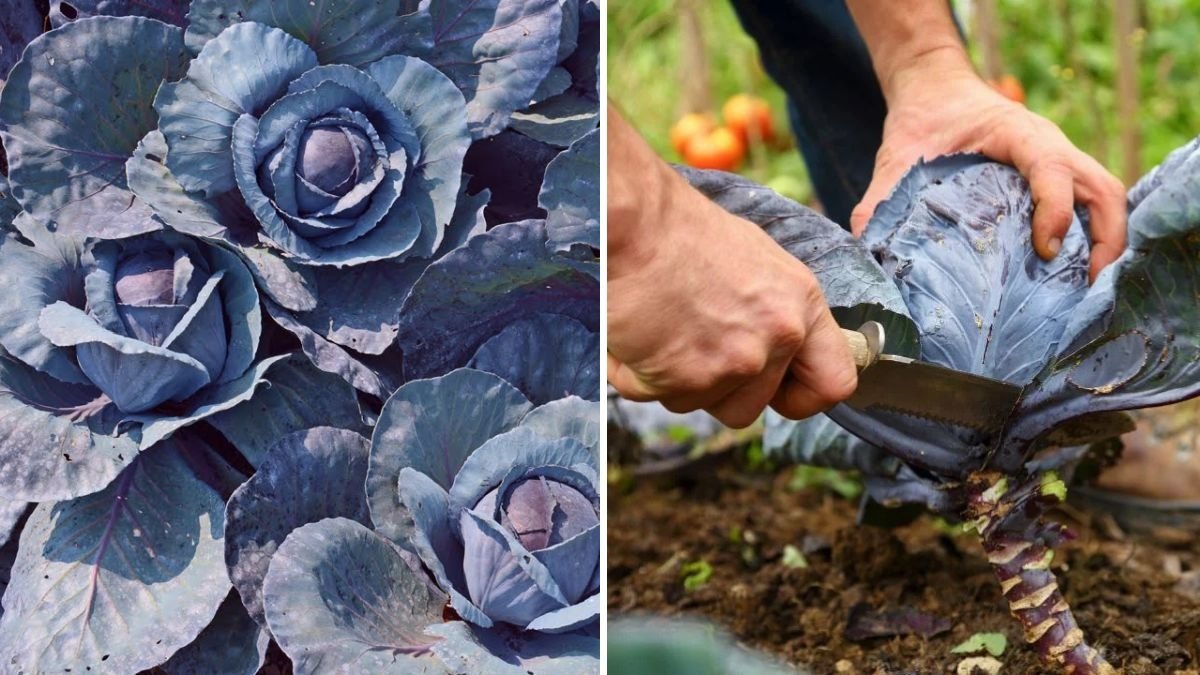
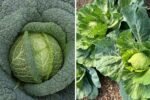




Leave A Comment